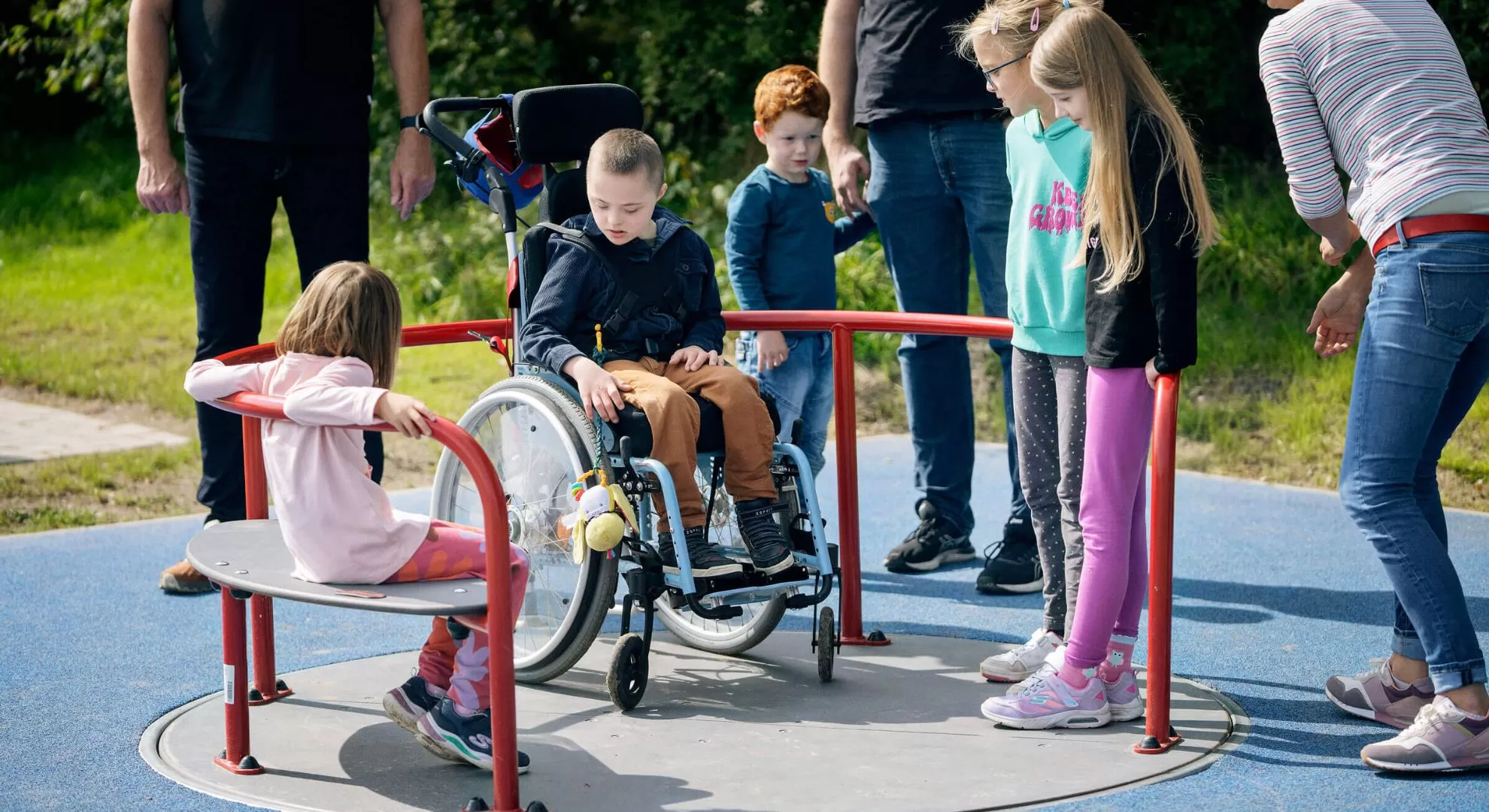Did you know 80% of playgrounds are NOT accessible to children with disabilities? For parents, educators, and community leaders, this statistic isn’t just a number—it’s a daily reality. But here’s the good news: Funding barriers can be overcome. This guide is for you whether you are a school principal, an NGO body or a town planner. You will learn how to get grants for all-inclusive playgrounds even if you are applying for them for the first time.
Spaces aimed at children with special needs are built with the intention that EVERY child, regardless of his/her physical or cognitive special needs, is able to play within the grounds freely and adjusts comfortably. Special playgrounds not only have sensory-rich facilities and tactile panels. They also have wheelchair-accessible ramps, as well as zones that are quiet and calm for children diagnosed with Autism.
For instance, grant proposal writers can create programmes aimed at building inclusive structures within the typical playground, which include steps to a slide. In addition, these designs can use transfer platforms that are for wheelchair users to aid disabled children together with ground-level play panels for toddlers. These grants cover costs relating to equipment, installation, and community workshops aimed at raising grant project accessibility.
Main design specification highlights:
Surface that meets ADA requirements (such as rubber tiles).
Equipment for sensory stimulation (Sound Gardens, Textured Paths).
Wheelchair-accessible pathways (minimum 5 feet wide).

Offer: No less than $1 million.
Closing Date: 15th March 2025.
Target: Both urban and rural areas because they don’t have any place to play at.
Recommendation: Applications that have intergenerational elements, for instance, adult fitness zones, do better. Read more.
Offer: $50,000 to $250,000.
Closing Date: No specific deadlines.
Target: Schools and Non-profit organisations within poor neighbourhoods.
Success Hack: Work with a local Occupational Therapy clinic to develop an inclusive programme. Apply here.
Tell us how much you offer: – Depends on the state.
Closing Date: check your yearly deadlines.
Target: Public parks situated in less privileged areas.
Pro Tip: Add maintenance using tough materials like powder-coated steel. Details.
Tell us how much you offer: $20,000 to $75,000.
Closing Date: 30th June 2025.
Target: Recreational programmes for children with disabilities. Those who However, I would suggest add braille signage or auditory play equipment prioritise. Explore.
Tell us how much you offer: $10,000 to $100,000.
Closing Date: Quarterly.
Target: Projects based in Texas, but could extend to adjacent states.
Strategy: 3D renderings will prove the inclusiveness of your design. Visit TMF.
Hold a meeting with parents, therapists, and children and make a questionnaire.
For example, the Lancaster School District noticed 40% of the students required sensory-friendly swings.
Provide quotes from suppliers such as NanPlay’s accessible playground equipment to prove that they are cost-effective.
Work with groups such as Boundless Playgrounds or local rotary clubs for matching gifts.
Tell about the town in Minnesota which was able to reduce playground injuries by 60% after adding ramps and cushioned surfacing.
There are several grants that look for grants on a first come first served basis like many other grants. Use programmes like GrantStation to ensure you never miss out on deadlines.
Case Study: Sunnybrook Elementary, CA.
After winning a $150,000 grant from Shane’s Inspiration, Sunnybrook was able to renovate its neglected play area to a sensory garden complete with wheelchair-friendly features, and inclusive merry-go-rounds.
“Parents cried on opening day – they finally saw their kids playing together.” — Principal Laura Hernandez.
An inclusive playground goes beyond just a piece of equipment; it recognises that every child should feel a sense of belonging in a community. Begin the grant funding process and please note that FREE consultations are offered by NanPlay’s team to aid in the construction of ADA-compliant spaces.
How to Find and Apply for Inclusive Playground Grants
The Ultimate Guide to Community Grant Applications
Top Funding Sources for Accessible Playgrounds
Rails-to-Trails Conservancy: Funding Play Spaces
Thank you very much for your inquiry! Your trust is our greatest motivation. We are committed to offering playgrounds that combine high quality with affordable pricing. Let us bring vitality to your venue!